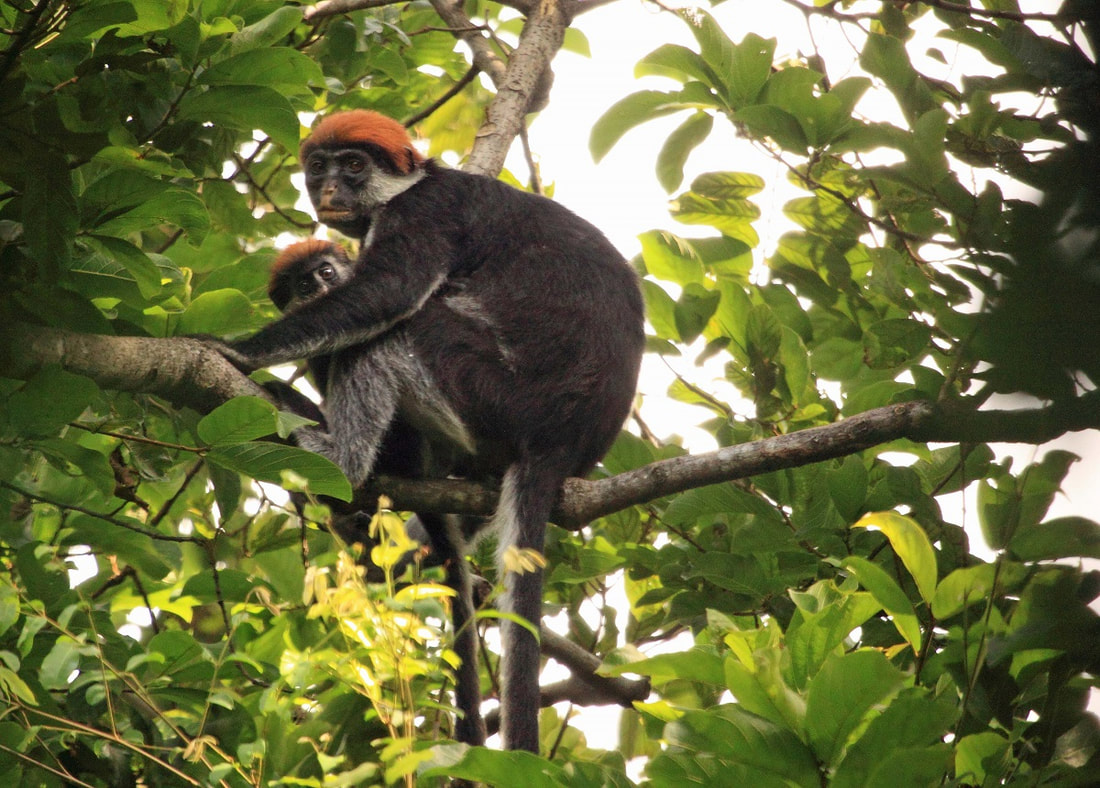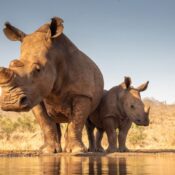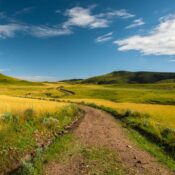Udzungwa mountain

Udzungwa mountain
In a broad arc running 500 miles down the eastern side of Tanzania are seven ancient mountain ranges. This Eastern Arc, as it is known, is the first barrier in East Africa to the moist trade winds of the Indian Ocean. From the rising air fall torrents of warm rain in thunderous storms and lightning displays, and endless weeks of mist and cloud. This has been a pattern for tens of millions of years, creating the oldest rain forests in Africa and amongst the oldest in the world.These forested islands are surrounded by seas of drier savannas, and their isolation has led to the evolution of the most unique and varied plant and animal life in all of Africa. The fascinating thing about them is how unexplored they are. A completely new species of monkey, the Sanje mangabey was discovered as recently as 1979, and a new species of francolin (partridge family) was first discovered by scientists in 1992 – the Udzungwa Forest Francolin. The Tanzanian Government acted quickly to save the last and largest of these forests by creating the 1,990 sq. km Udzungwa National Park in 1992.The vegetation is absolutely pristine closed canopy forest, with woodland and moorland in some of the surrounding and higher areas. Udzungwa gets a lot of rain and mist and numerous clear rushing streams flow through this rugged forested landscape down to the Kilombero plains far below to the south west. The altitude range in the Park is from 250–2,576 meters, and remarkably there are parts where almost this entire altitude range has unbroken forest cover, from miombo through bamboo to lowland and highland forest.
Wildlife
It is a naturalist’s paradise with dozens of unique species across the animal spectrum from insects to reptiles and frogs to birds and primates. Six monkey species live in the forests and woodlands, two of which are found only here (the Sanje Mangabey and the Iringa Red Colobus). There are more than 400 bird species, and thousands of different plant species. Wildlife also includes buffalo, elephant, leopard, forest antelope, warthog, and bush pig. Lion live in the woodlands and upper moorlands but are rarely seen.



